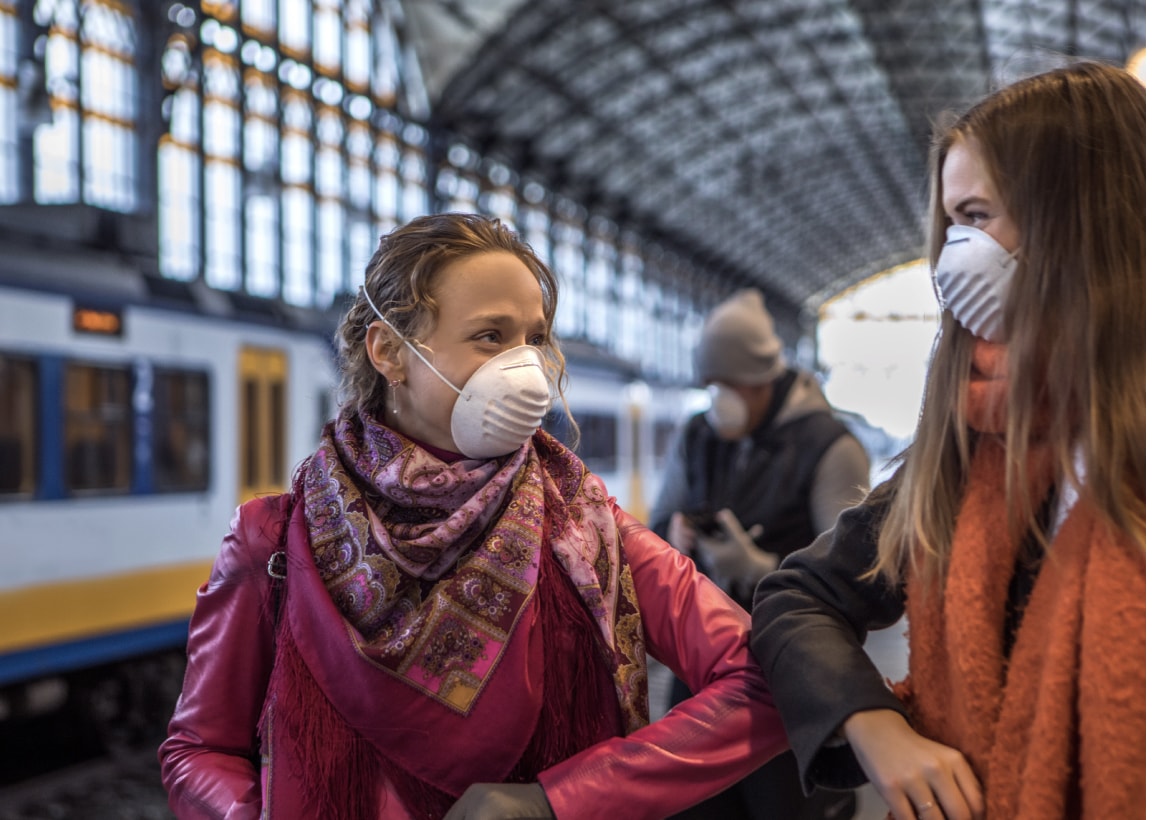Think beyond the station: Partnering with other stakeholders
A station can provide capital in many more ways than rider fares. Mobility Oriented Development (MODe) addresses riders’ needs while leveraging additional revenue streams using retail, commercial and housing development. MODe pivots to thinking about stations as an integral part of the urban fabric. What type of nearby stakeholders could benefit from a shared vision and master plan?




